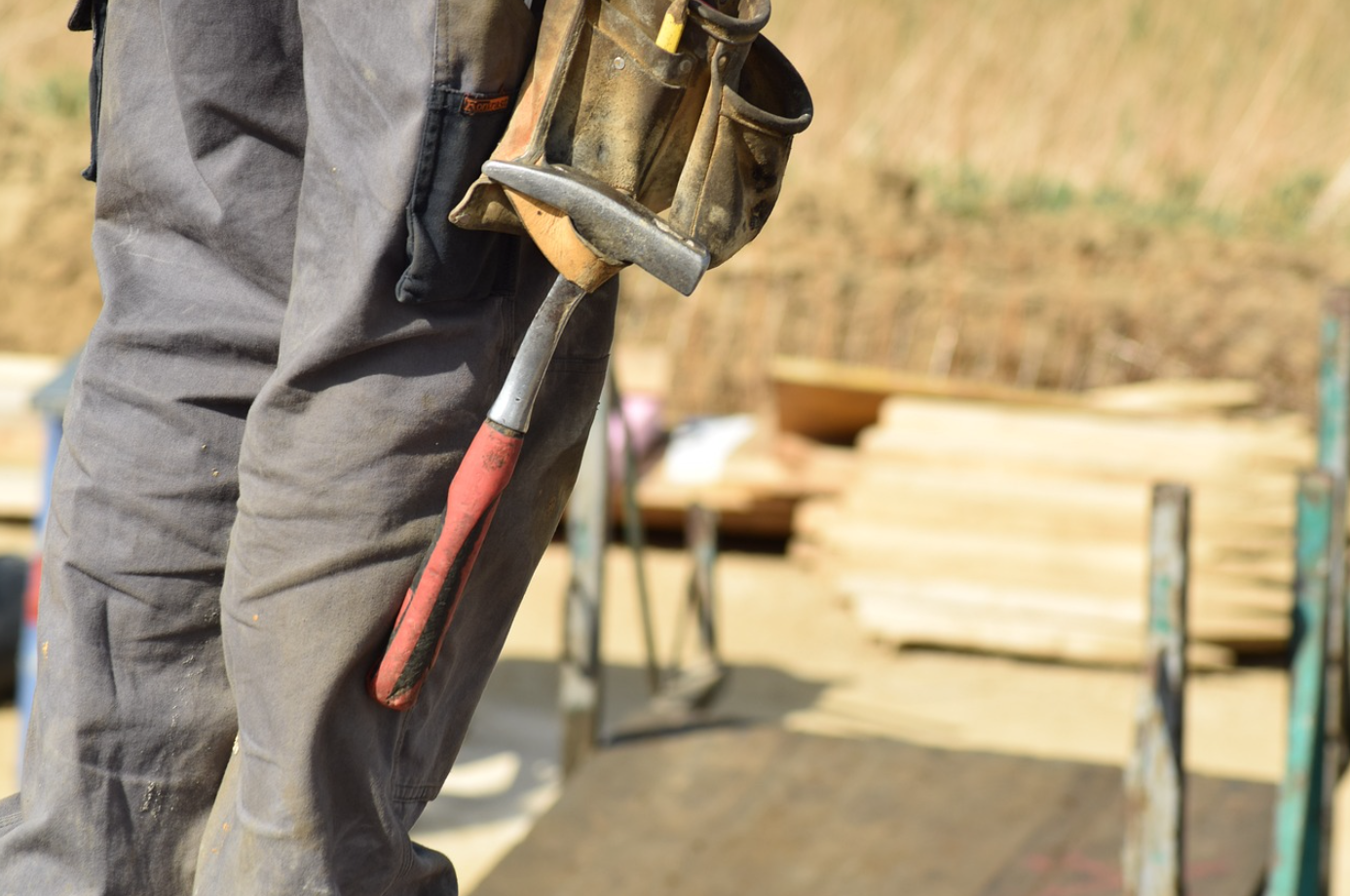With proper training, support, and technology, lone workers can perform their jobs safely and confidently, knowing that they have the necessary resources and support to stay safe.
Lone workers are individuals who work without direct or close supervision and are often found in industries such as construction, healthcare, and hospitality. While working alone can be beneficial for some individuals, it can also pose significant safety risks. Therefore, it is essential to ensure that lone workers are protected from potential hazards.
Why Lone workers protection is important ?
One of the most significant risks that lone workers face is the lack of immediate assistance in the event of an emergency. For example, if a lone worker falls and injures themselves, they may not be able to call for help immediately. This is why it’s crucial to have a plan in place to ensure the safety of lone workers.
Employers have a responsibility to assess the risks associated with lone working and take steps to minimize them. This can include providing appropriate training, equipment, and communication devices to ensure that lone workers can call for help if needed. By implementing safety measures, employers can help to protect their lone workers and ensure that they can work safely and confidently.
Understanding and Assessing Lone Worker Risks
Identifying Hazards and Risks
Before implementing safety policies and procedures, it is important to identify potential hazards and risks that lone workers may encounter. Hazards can include physical, chemical, biological, and environmental factors that can cause harm or injury to workers. Identifying these hazards is crucial in developing effective risk management strategies.
To identify hazards, employers can conduct workplace inspections, consult with workers, and review incident reports. It is important to consider all aspects of the work environment, including the tasks performed, equipment used, and the physical layout of the workspace.
Conducting Risk Assessments
After identifying hazards, employers must conduct risk assessments to determine the likelihood and severity of potential harm. Risk assessments involve evaluating the probability of an incident occurring and the potential consequences of that incident.
Employers can use a variety of tools to conduct risk assessments, including checklists, flowcharts, and decision trees. It is important to involve workers in the risk assessment process to ensure that all potential hazards are identified and assessed.
Implementing Safety Policies and Procedures
Once hazards and risks have been identified and assessed, employers can develop and implement safety policies and procedures to mitigate risks and ensure the safety of lone workers. Safety policies and procedures should be based on the results of the risk assessment and should be regularly reviewed and updated.
Employers should also ensure that lone workers are trained on safety policies and procedures and that they have access to appropriate personal protective equipment. It is important to regularly monitor and evaluate the effectiveness of safety policies and procedures to ensure that they are effective in mitigating risks.
In addition, employers should be aware of relevant legislation and regulations, such as OSHA standards, that apply to lone workers. Compliance with these regulations is critical in ensuring the safety of lone workers.

Overall, understanding and assessing lone worker risks is an essential step in developing effective safety policies and procedures. By identifying hazards, conducting risk assessments, and implementing safety policies and procedures, employers can help ensure the safety and well-being of their lone workers.
Protective Measures and Safety Strategies
Training and Support
One of the most important protective measures for lone workers is proper training and support. It is essential that lone workers receive adequate safety training before starting work, and ongoing training to ensure their skills are up to date. This training should cover a range of topics, including hazard identification, emergency response procedures, and the proper use of safety equipment.
In addition to training, lone workers should have access to support resources such as a designated safety supervisor or mentor who can provide guidance and support when needed. This support can be especially important for new workers who may be less familiar with the hazards of their job.
Monitoring and Communication Technology
Another important protective measure for lone workers is the use of monitoring and communication technology. This can include GPS tracking, real-time location monitoring, and communication systems that allow workers to stay in touch with their supervisors and colleagues.
These technologies, like those offered by Datiplus, can help ensure that lone workers are safe and can quickly receive assistance in the event of an emergency. They can also help supervisors monitor lone workers and respond quickly to any potential safety issues.
Emergency Response and Escalation Procedures
Finally, it is essential that lone workers have access to clear emergency response and escalation procedures. This should include a clear plan for responding to emergencies, as well as a system for escalating issues to higher levels of management if necessary.
This plan should be communicated clearly to all lone workers, and should be regularly reviewed and updated as necessary. It is also important that lone workers know how to contact emergency services and that they have access to the necessary equipment and resources to respond to emergencies.
By implementing these protective measures and safety strategies, organizations can help ensure the safety and well-being of their lone workers. With proper training, support, and technology, lone workers can perform their jobs safely and confidently, knowing that they have the necessary resources and support to stay safe.


Join the conversation!